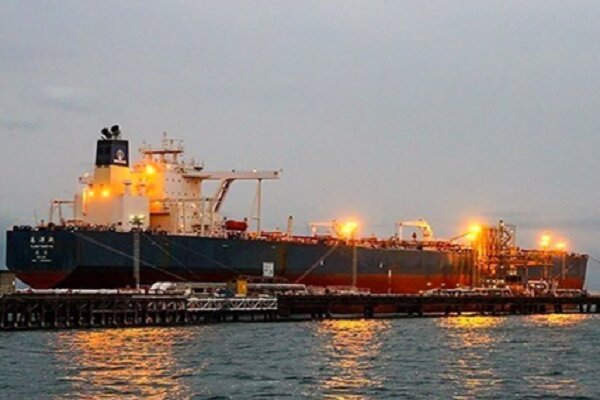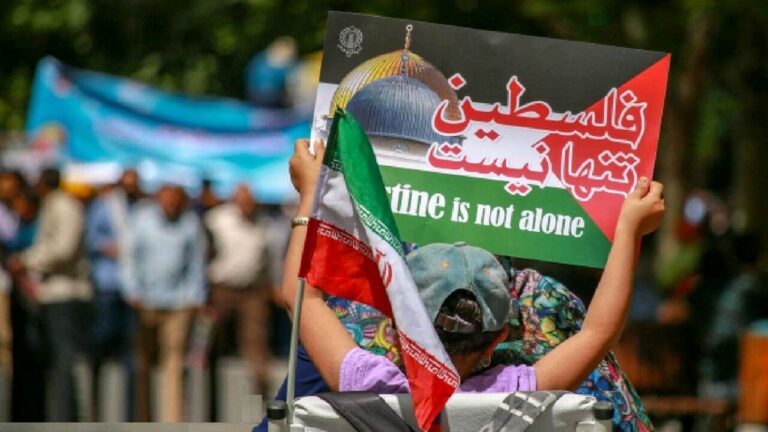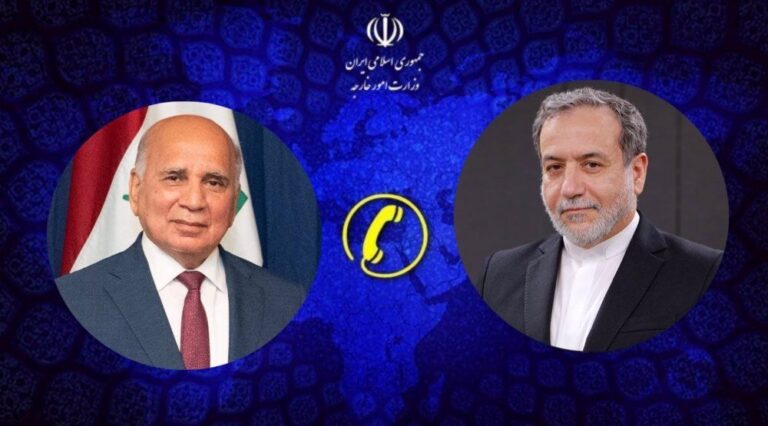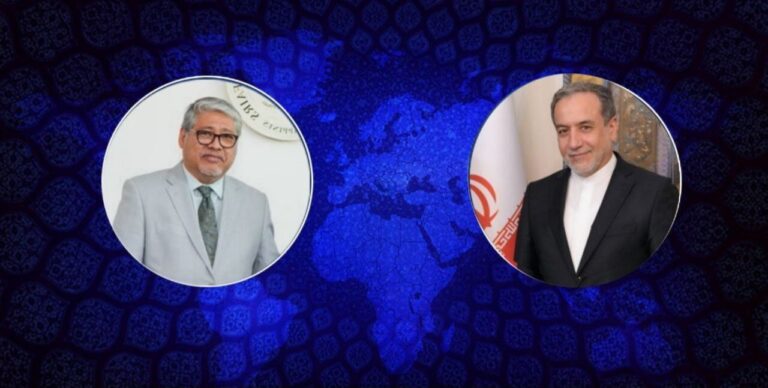Iran’s Oil Exports to China Surge to Record High in March
In a significant development for the global oil market, Iran’s oil exports to China have surged dramatically, reaching an impressive 1.91 million barrels per day in March. This uptick marks a new record high since the implementation of the Maximum Pressure Campaign by the United States under former President Donald Trump. The campaign was initiated after the U.S. withdrew from the 2015 nuclear deal, known as the JCPOA, and re-imposed stringent sanctions on Iran in May 2018.
Trump’s administration aimed to drastically cut Iranian oil exports, targeting them to reach zero. This strategic move was part of a broader effort to exert economic pressure on Tehran and curb its nuclear ambitions. As a result, Washington has been consistently adding oil tankers, which are believed to be transporting Iranian oil to international markets, to its sanctions list.
Background of the Maximum Pressure Campaign
The Maximum Pressure Campaign initiated by the U.S. had far-reaching implications for Iran’s economy and its oil export capabilities. Here are the key points regarding this campaign:
- Initiation: The campaign was launched in 2018 when President Trump exited the JCPOA.
- Objective: The primary goal was to reduce Iranian oil exports to zero, thereby crippling Tehran’s economy.
- Sanctions: The U.S. re-imposed severe sanctions that targeted Iran’s oil sector and other crucial economic areas.
- Global Impact: The sanctions not only affected Iran but also had consequences for global oil markets and other countries engaging with Iran.
Current Oil Export Trends
The recent surge in Iranian oil exports to China is indicative of changing dynamics in the global oil market. The following factors contribute to this increase:
- China’s Demand: China remains a significant buyer of Iranian oil, driven by its insatiable energy needs and strategic interests.
- Discounted Prices: Iranian oil is often sold at discounted rates, making it attractive for buyers like China.
- Evading Sanctions: Chinese companies have developed methods to navigate U.S. sanctions, facilitating continued trade with Iran.
- Increased Tanker Activity: The number of tankers transporting oil from Iran to China has risen, reflecting a robust trade relationship.
Despite the U.S. sanctions, Iran has found ways to sustain its oil exports, primarily through its alliance with China. This partnership has allowed Iran to circumvent many of the restrictions imposed by the U.S., illustrating the complexities of international trade in the context of geopolitical tensions.
The Future of Iran’s Oil Exports
The future of Iran’s oil exports hinges on various factors, including global oil prices, geopolitical relations, and the evolving landscape of international sanctions. Key aspects to consider include:
- Potential for Increased Exports: If tensions ease and sanctions are lifted, Iran could potentially increase its oil exports significantly.
- Global Oil Prices: Fluctuations in global oil prices will impact the economic viability of Iranian oil exports.
- China’s Energy Strategy: As China continues to seek energy security, its relationship with Iran may deepen, further solidifying trade ties.
- U.S. Policy Changes: Any shifts in U.S. foreign policy under the current administration could affect the sanctions landscape.
In conclusion, Iran’s oil exports to China have reached a historic high, defying the expectations set forth by the Maximum Pressure Campaign. The resilience of Iranian oil in the face of stringent sanctions highlights the intricate nature of global energy markets and the lasting influence of geopolitical relationships. As the situation evolves, the dynamics between Iran and its trading partners, particularly China, will be crucial in shaping the future of oil exports.
For ongoing updates and in-depth analysis on this topic, stay tuned as we continue to monitor the developments in Iran’s oil export strategies and international relations.






